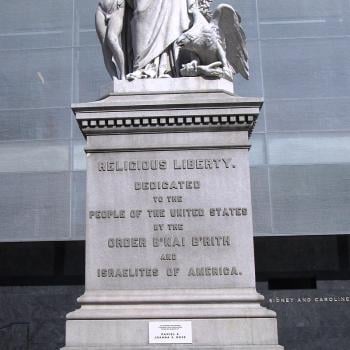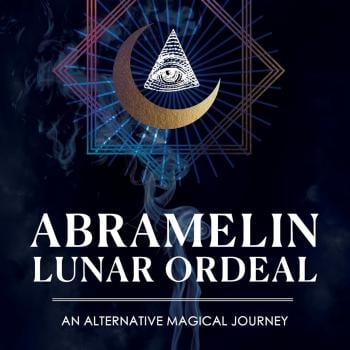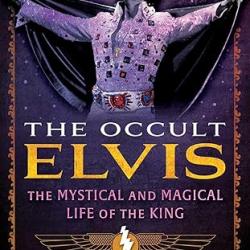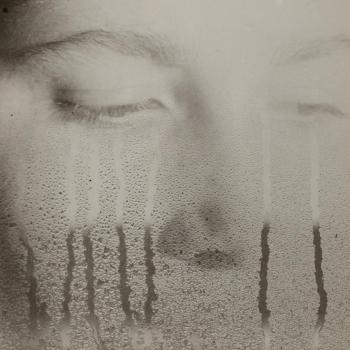The Ultimate Pagan Almanac 2021: Northern Hemisphere (Including the Americas & Africa) by Jean-Louis DE BIASI and Patricia BOURIN.
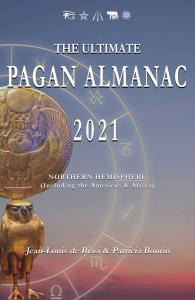
Regardless of which pantheon a pagan feels drawn to, and works with, it is intuitively obvious that certain times and certain days will make for a more effective ritual. But how do we determine those times and days?
The authors point out that almost all ancient calendars were based on the natural cycles of the sun (seasons) and moon.
The wheel of the year should be determined by the Equinoxes and Solstices, and the intermediary celebrations (Imbolc, Beltane, Lughnasadh and Samhain) were at the halfway points between the Equinoxes and Solstices.
The difference between working on the correct day and almost the correct day lies in being able to tap into the “full amount of accessible energy.”
I was intrigued by the claim that the planetary days as found in the civil calendar, used extensively within ceremonial magick, are “totally arbitrary” and “useless.” I have never previously seen the planetary days questioned, so this crucial section of the book is of great interest to me. The reasoning used is quite compelling. The following is proposed to determine the “Real Planetary Day”:
Day 1 (new moon) – Saturn/Kronos
Day 2 – Sun/Helios
Day 3 – Moon/Selene
Day 4 – Mars/Ares
Day 5 – Mercury/Hermes
Day 6 – Jupiter/Zeus
Day 7 – Venus/Aphrodite
This cycle is repeated three more times. Any days left over between the end of the fourth cycle and the new moon are dedicated to the Aether.
For more information on this, refer to Jean-Louis de Biasi’s Rediscover the Magick of the Gods and Goddesses.
Needless to say, zodiac signs, the 36 ancient Egyptian decans, astrological rulers and astral events, such as eclipses, are incorporated.
Finally a number of calendars are incorporated – Druidic/Gaulish, Roman, Georgius Gemistus Pletho’s (of the Byzantine era), Athenian/Attic, and Egyptian.
Personally, I have worked with the Athenian calendar for ancient Greek practices and the planetary days as derived from the civil calendar (used by everyone in the western world) for practices derived from late antiquity. The idea of reconciling the two makes a lot of sense rather than treating them as an either-or proposition.
Flipping through the book is a fascinating experience as each day is shown to have so many possibilities for very different magickal workings. It’s also a good starting point for investigating unusual results obtained in a magickal working, due to multiplicity of currents available. Those working with multiple pantheons would greatly benefit if they were willing to approach the calendar underpinning their practices with an open mind. I foresee many trying out the approached detailed herein.
Jean-Louis de Biasi is an author, lecturer, and philosopher. His philosophical, religious, and spiritual domains of expertise are focused on early Mediterranean philosophy, Neoplatonism, Hermeticism, and Western Religions. He was initiated into Freemasonry in 1990. He is a Master Mason and a Past Master currently belonging to the Grand Lodge of Nevada. While living in France I was a Grand Officer of the Grand Orient de France (France’s largest Masonic Organization). He has received all the degrees of Egyptian Freemasonry (33°-95°) and other allied degrees. He is also in charge of the Ordo Aurum Solis and the Kabbalistic Order of the Rose-Cross.
Patricia Bourin is Jean-Louis de Biasi’s wife. She is an author and co-founder of an online store “Theurgia” and an online University “Theurgia University.”
Tony Mierzwicki
Author of Hellenismos: Practicing Greek Polytheism Today and Graeco-Egyptian Magick: Everyday Empowerment.







